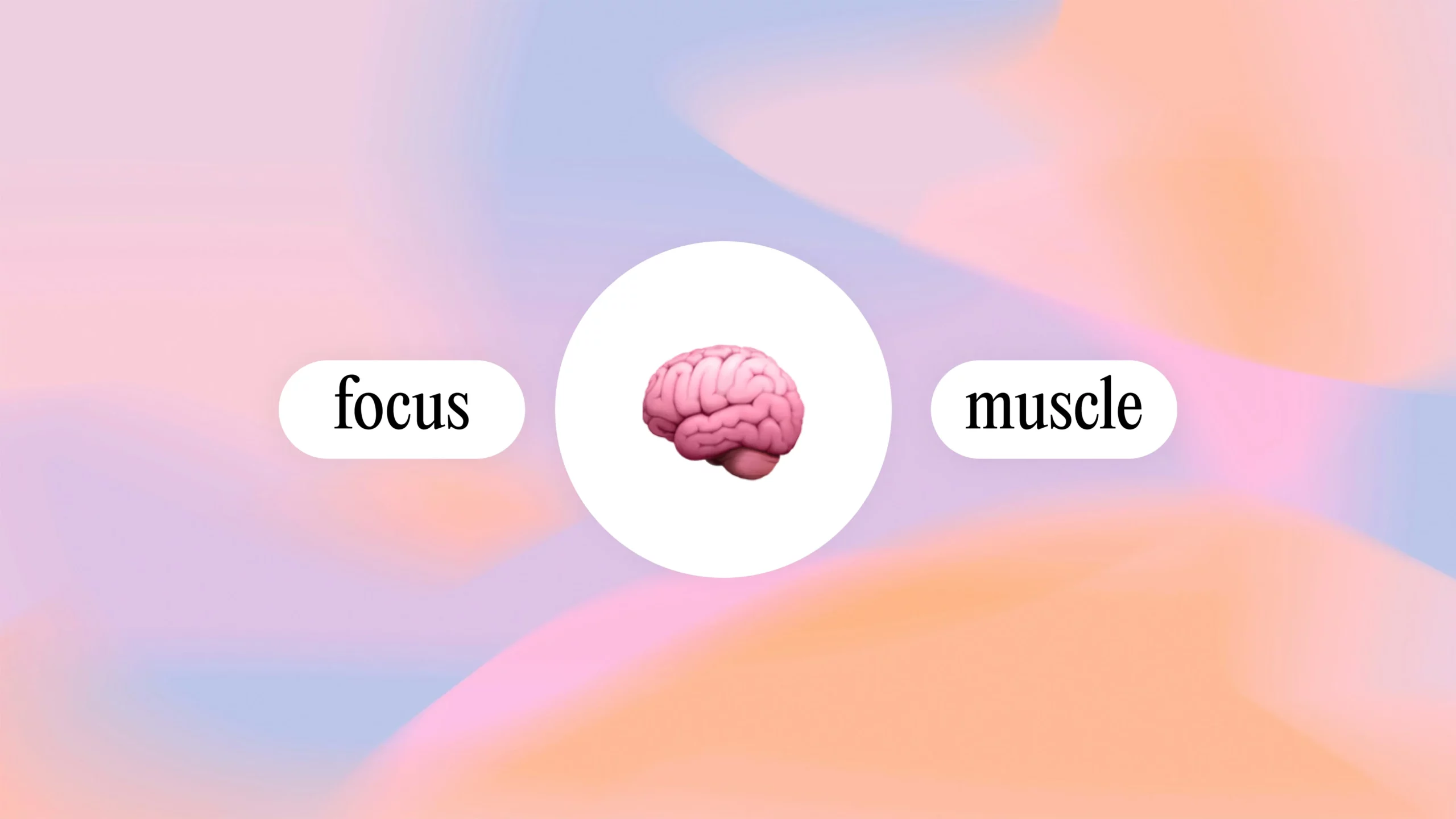We don’t lose focus by accident. We lose it by design.
Every ping, pop-up, and scroll was engineered to hijack your attention. Not maliciously — but strategically. The modern digital environment is a competition for your time, and most of us are losing without realizing it.
The result? Shallow workdays. Half-finished thoughts. A creeping sense that our minds no longer belong entirely to us.
But attention is not gone. It’s just buried — beneath a digital layer we’ve come to accept as normal.
How We Got Here
Twenty years ago, you had to go online. Now, you have to work to get offline.
The shift wasn’t just technological — it was psychological. Notifications began as helpful reminders. Now they act more like behavioral triggers. The average person touches their phone 2,617 times per day, according to a study by research firm Dscout. That’s not convenience. That’s compulsion.
And this shift didn’t just change how we communicate — it rewired how we think.
The Invisible Cost of Lost Focus
We talk about time as our most valuable resource, but attention is what gives time its value. A distracted hour is not the same as a focused one.
Cognitive scientists have found that frequent context switching — bouncing between tabs, apps, tasks — doesn’t just reduce output. It lowers the quality of thinking. It makes it harder to engage in complex problem-solving, creative ideation, or long-term planning. The kind of work that actually moves the needle.
And unlike fatigue or hunger, there’s no obvious signal for when your attention is bleeding. You just feel… behind. Foggy. Frustrated.
Focus Isn’t Found. It’s Trained.
Regaining your focus isn’t about heroic willpower. It’s about designing your environment to match your intentions.
If your workspace, schedule, and digital tools are optimized for interruption, you’ll be interrupted. But if they’re optimized for clarity, you’ll think more clearly.
Here’s how high-performers quietly protect their attention:
- Time blocking over to-do lists: Allocate focus time on your calendar, not just on a checklist.
- Default to “Do Not Disturb”: Don’t let notifications decide what’s urgent.
- Define success before you start: Clarity is a focus multiplier.
- Ruthlessly curate your digital inputs: Every feed, thread, and inbox takes up mental bandwidth.
- Recover with intention: Rest is not scrolling. Rest is rest.
The Discipline of Depth
Deep focus isn’t always fun. It can be uncomfortable, even boring at first. But like any form of strength, it builds over time.
What begins as 20 minutes of uninterrupted work can stretch into hours. What once felt foggy becomes fluid. The mind starts to settle into itself again — not reacting, but directing.
In a distracted world, depth is a competitive advantage. And it’s available to anyone willing to protect it.

